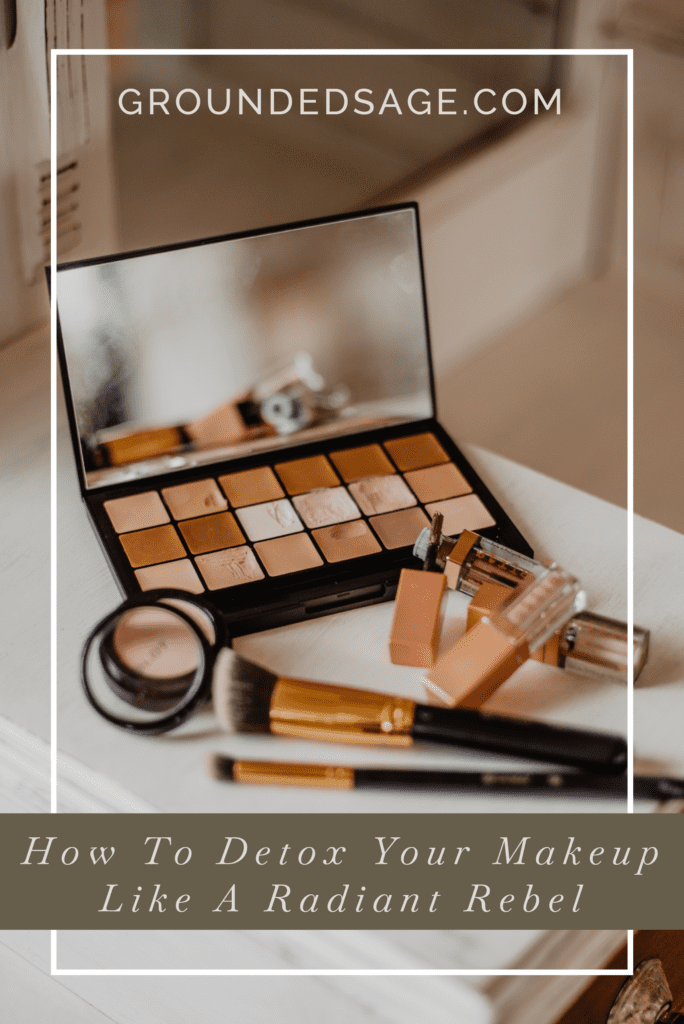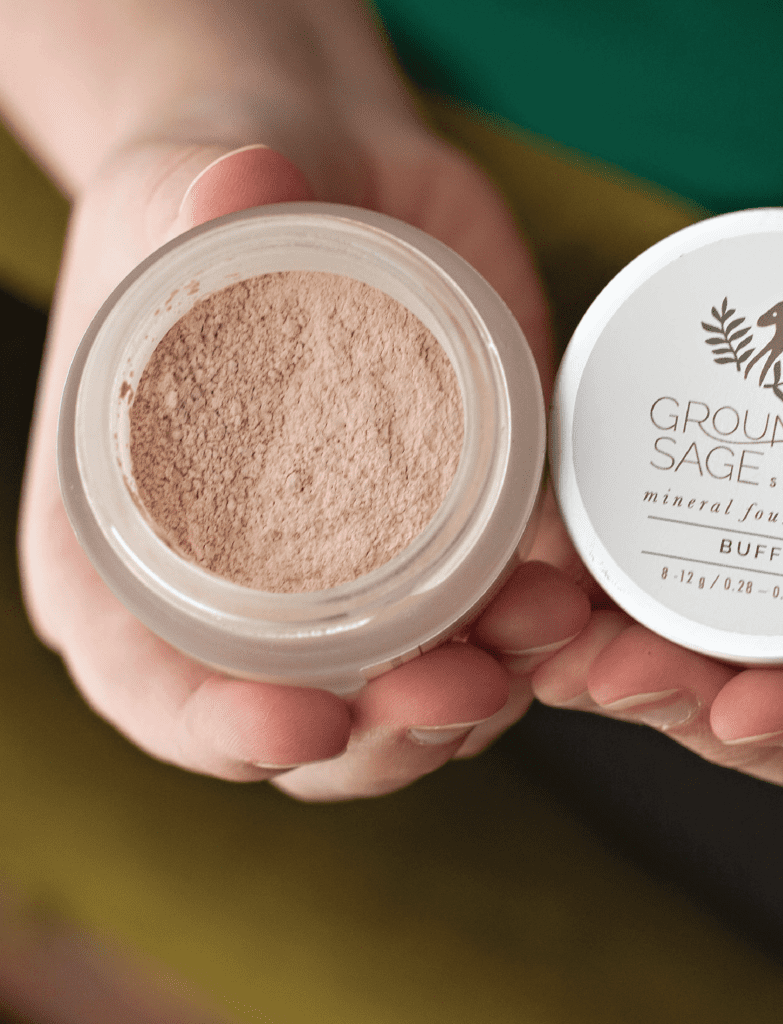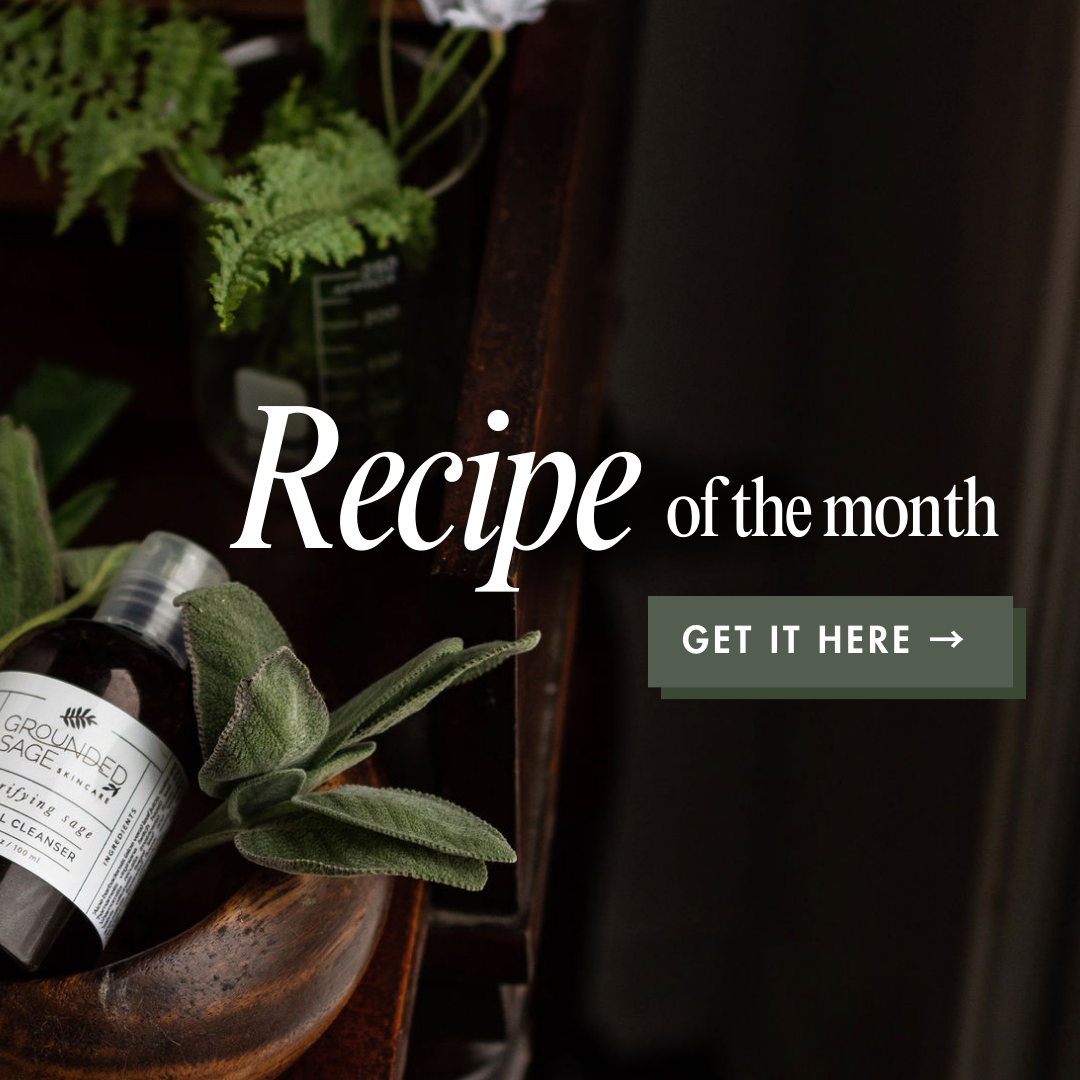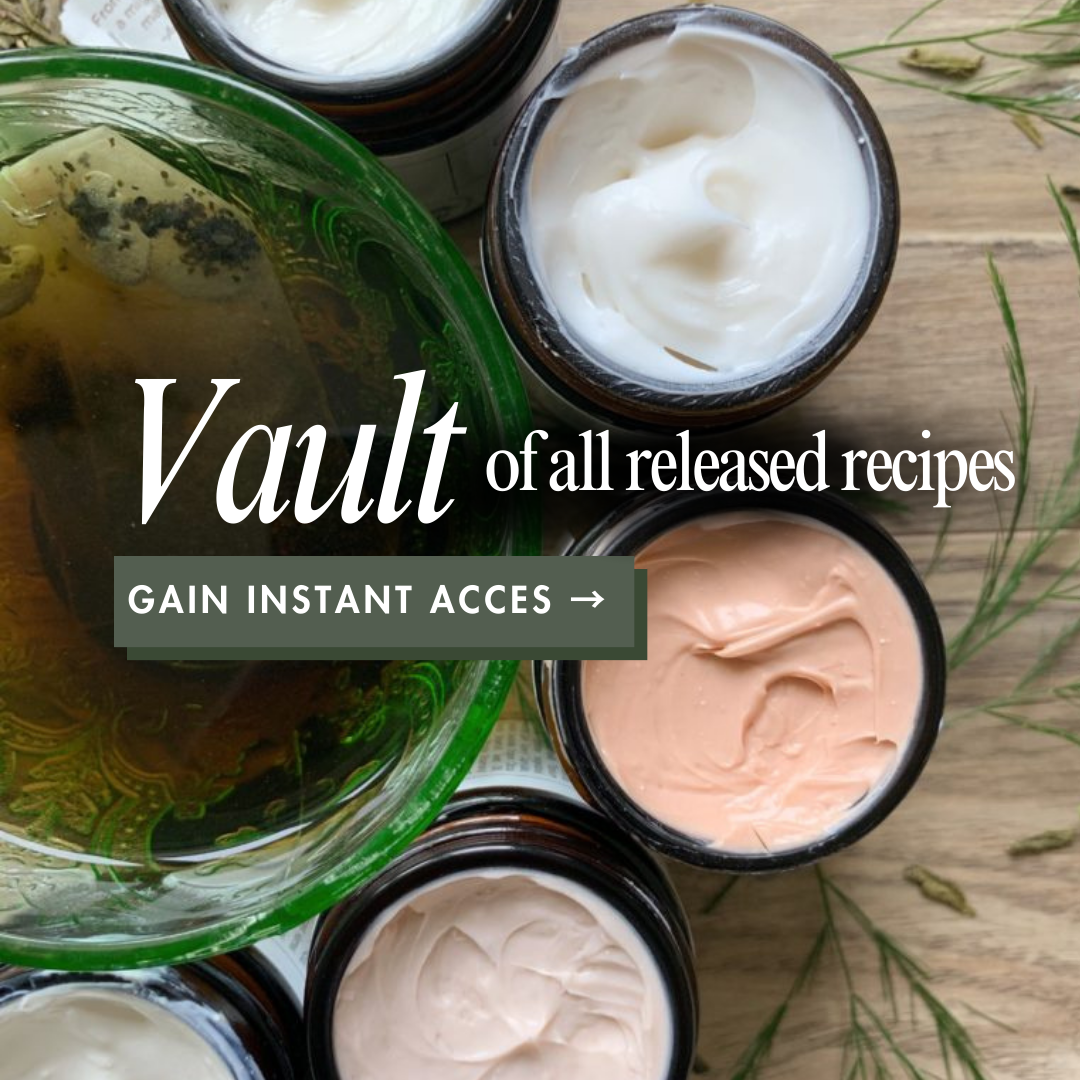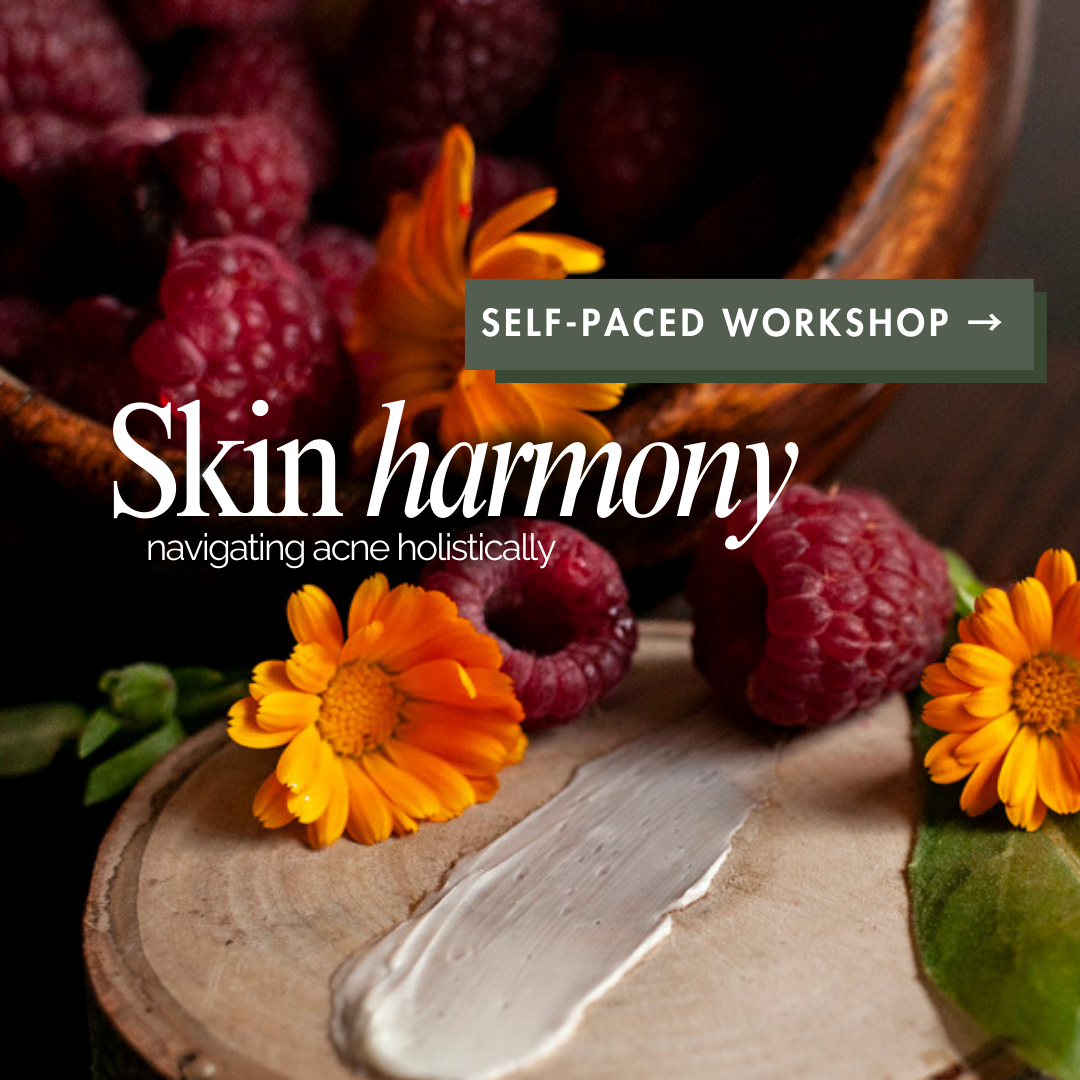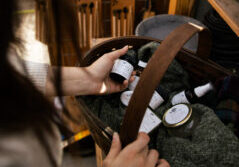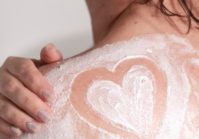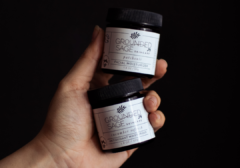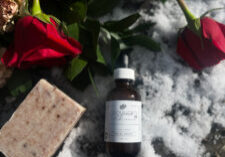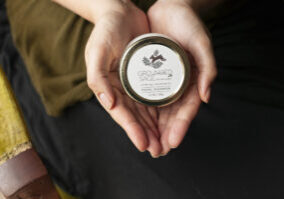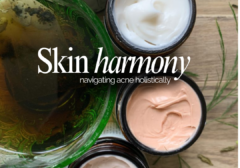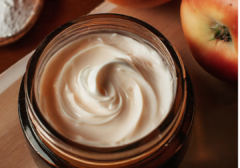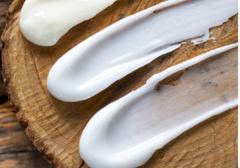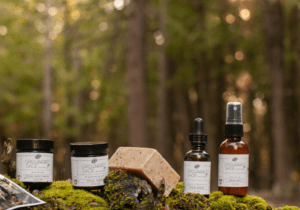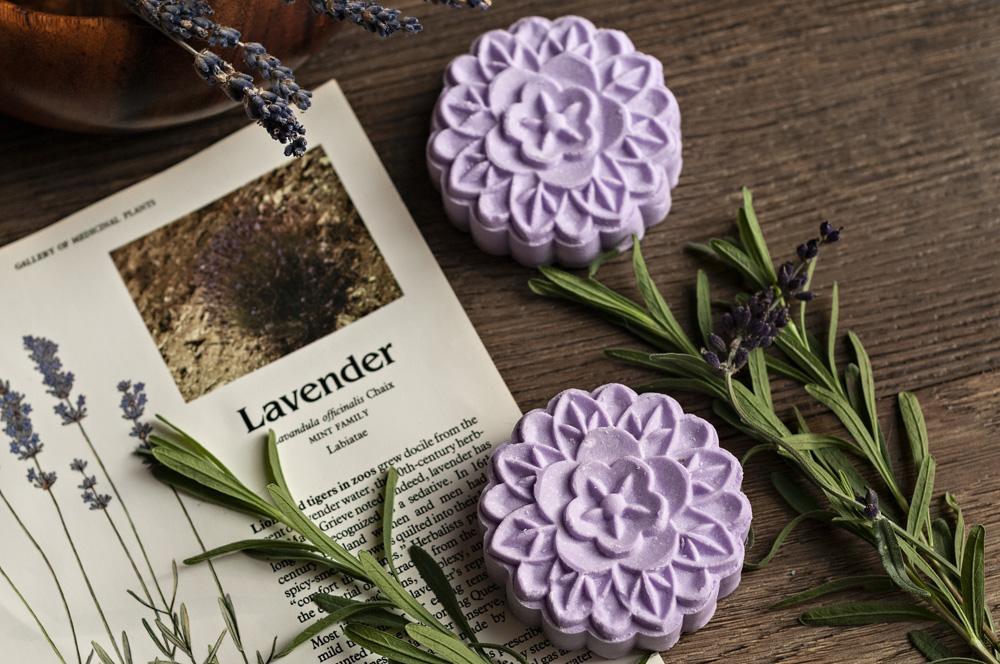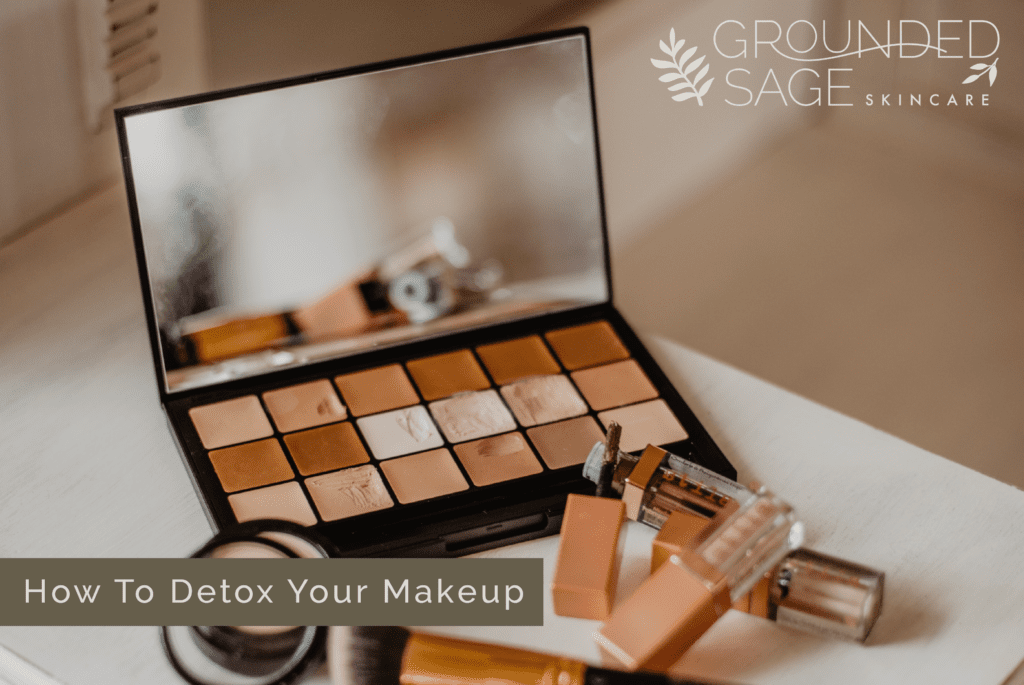
It’s our first blog of 2018 so we figured it better be a doozy! We’ve already discussed the why and how to detoxing your skin care routine; now it’s time to take makeup!
(Pssst: If this is your first time here and you’re new to detoxing your skin, we recommend starting with THIS post)
When it comes to keeping your pores clear of nasty toxins and chemicals, it’s important that our skincare and makeup work together. If you continue to used chemically-based cosmetics (even with a 100% natural skincare routine) your pores are still being subjected to pore-clogging ingredients and other fillers that can have a big impact on our toxic loads.

But where do I even start?
With taking a deep breath! Remember, you can achieve this at your own pace. Some feel best when they detox all at once. Others prefer when they can do it step by step! If the latter is you, we still recommend taking a full inventory of your current products, but then you can work at replacing at a pace that’s right for you. Just be sure to start with the products you use the most often to minimize your exposure.
So- go gather your entire makeup collection and let’s figure out who are the biggest villains and which products need to hit the chopping block.

The Big 5
Unfortunately, there are a lot of offenders found in cosmetics these days but it’s pretty amazing to see so many brands starting to recognize the need for change. That being said, here are the 5 major offenders you want to see if you can identify on ingredients labels. Any products with these ingredients can be immediately eliminated from your routine.
![]() Petrochemicals
Petrochemicals
What to look for: Petrolatum / Petroleum / Mineral Oil
Why they’re bad: Petrochemicals are pore-clogging! You’ve probably heard me talk about ingredients that act like plastic wrap on your face (IE. no beneficial ingredients can go in and no substances your skin is trying to purge can come out). They’re also known for being endocrine-disrupting. In fact, they’ve been directly linked to estrogen dominance and mineral oil is classified as a xenoestrogen. These ingredients are also known to be human carcinogens. Bad news all around.
![]() Parabens
Parabens
What to look for: Methylparaben / Propylparaben / Butylparaben / Ethylparaben
Why they’re bad: These scoundrels can be found in just about all mainstream cosmetics. They help with the absorption of products, but they also get absorbed by the body at the same time. They’re a known hormonal disruptor and can mimic estrogen in the body. There are also many studies that have shown a possible association of parabens to breast cancer. Certain parabens have also shown to encourage damage from UVB rays.
![]() Talc
Talc
What to look for: Talc / Talcum Powder
Why it’s bad: Talc is a known carcinogen (not suspected! It IS). More specifically, there’s a direct link between talc and ovarian cancer. Its particles are also suspected to cause tumours in the lungs and is (therefore) a suspected respiratory toxin.
![]() DEA Ingredients
DEA Ingredients
What to look for: Cocamide DEA / Lauramide DEA / Diethanolamine DEA
Why they’re bad: DEA ingredients are known as pH adjusters and commonly found in foundations and concealers. DEA is skin and immune system toxicant, a possible carcinogen, an endocrine disrupter, neurodevelopment, affects the brain and nervous system, and may even trigger asthma.
![]() PEG (Polyethylene Glycol)
PEG (Polyethylene Glycol)
What to look for: Most commonly they’re listed as ‘PEG-‘ followed by a number (Eg: PEG-4 or PEG-100). The lower the number, the easier it is for the body to absorb.
Why they’re bad: This ingredient is, not only, an ingredient you don’t want in your bloodstream. It’s also an ingredient that will hand out free passes to your bloodstream to any other ingredients that are in the product with it. It actually alters the structure of your skin to help with the penetration of ingredients. PEGs effect a brain, nervous system and sense organ, are a known irritant and are a reproductive and skin toxin.
If you’ve identified one or more of these in any of your products, it’s time to give it the ole’ toss. It’s the fastest and easiest way to eliminate the majority of ‘bad-for-you’ products that may be hiding in your collection.

I’ve checked my products, but what now?
Firstly- way to go! For many of us makeup geeks, letting go of certain pieces can be heartbreaking. Just remember you’re doing it for your health and your skin. The good news is that there are so many fantastic, natural brands on the market today that perform just as well (if not better) than their toxic competitors.
When you begin your search for replacements, here are a few tips to keep in mind:
- Just because the label says ‘natural’, doesn’t mean it is. Just like we did above, make sure their ingredients list past the test.
- While drugstores and department stores haven’t caught on just yet, you can often find natural cosmetics at local health stores and specialty beauty stores.
- Online is the ultimate way to learn about real, healthy cosmetics. Green beauty bloggers and influencers are everywhere these days and it’s always helpful to hear what others are saying about new products and brands before checking out your carts.
- Another great resource is the EWG Skin Deep Database. They’re the go-to place for checking the toxicity of products from a ton of major brands, including us!
Lastly, if you’re looking for some natural and safe cosmetics options, Grounded Sage Skincare carries a small section of essentials and favourites.

Have a favourite Grounded Sage cosmetic product? Make sure you tag us in your photos with #radiantrebel! We love seeing your makeup inspiration and creativity.
Now, let’s make this year the most radiant year ever!
With love & radiance,


Pin this article for later:
